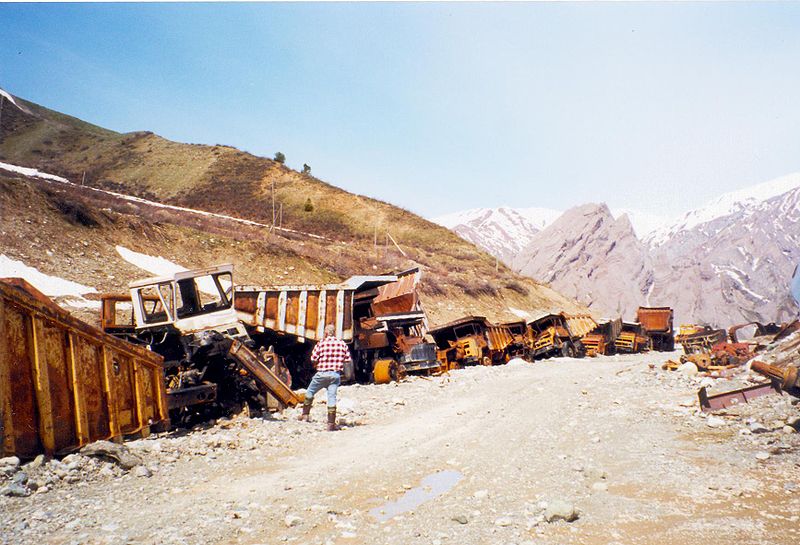Tajik Civil War [1992-97]

One of the bloodiest events to come from the collapse of the Soviet Union, the Tajik Civil War raged for five years with a death toll of between 37,000 and 157,000 people [Sobiri, 2017]. After declaring its independence in September 1991, Tajikistan was the subject of pro-reform and anti-government demonstrations in March 1992, with protests led by Pamiri political party Lali Badakhshan calling not only for reform, but for autonomy in Gorno-Badakhshan. By April that same year, protests and counterprotests had escalated into civil war, forcing ethnic minorities in Tajikistan to flee their homes [United Nations High Commissioner for Refugees, n.d.]. An agreement signed with Russia brought in Russian military forces to assist the Tajik government in clearing out Pamiri opposition forces [Sobiri, 2017]. After a brief ceasefire in 1993, Gorno-Badakhshan relinquished its claims of independence, although fighting quickly resumed. Pamiris, Uzbeks, and other minority groups continued to protest their mistreatment and lack of representation in the Tajik government, with sporadic instances of violence continuing to break out. Over the course of the war, nearly 800,000 people fled Tajikistan while 1.5 million became internally displaced refugees, primarily ethnic minorities including Uzbeks and Pamiris [Sobiri, 2017]. A new ceasefire agreement was signed in 1996, with peace talks continuing into 1997. On June 27, 1997 the General Agreement on Peace and National Accord was signed, bringing an end to the civil war [Sobiri, 2017].